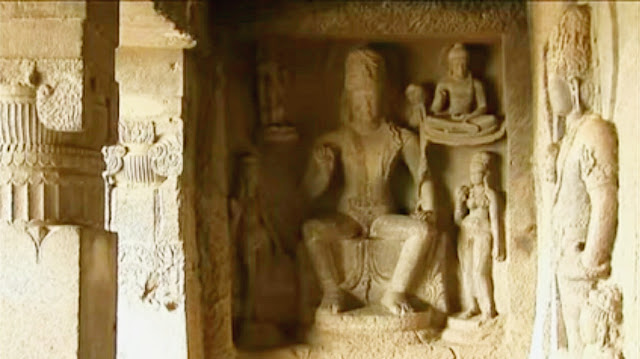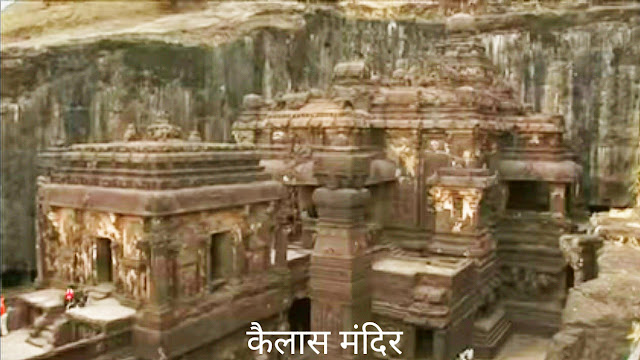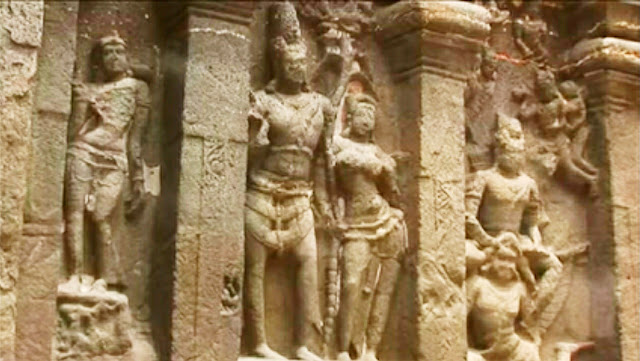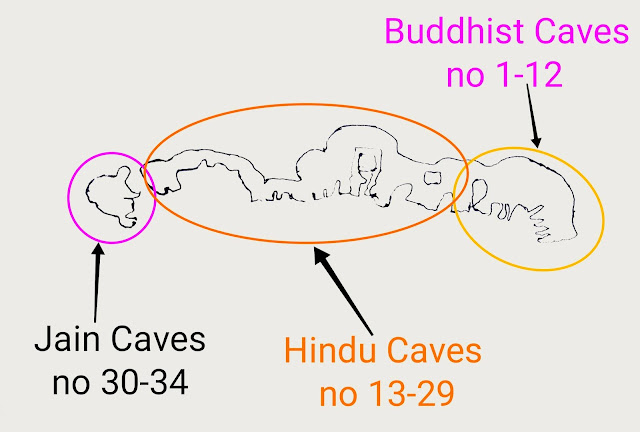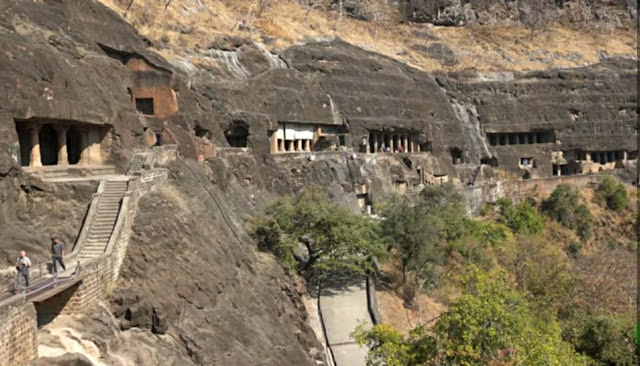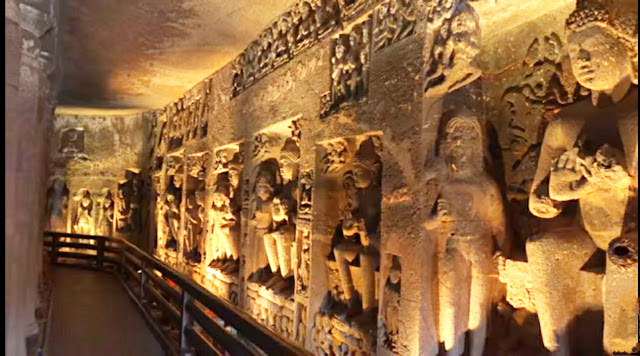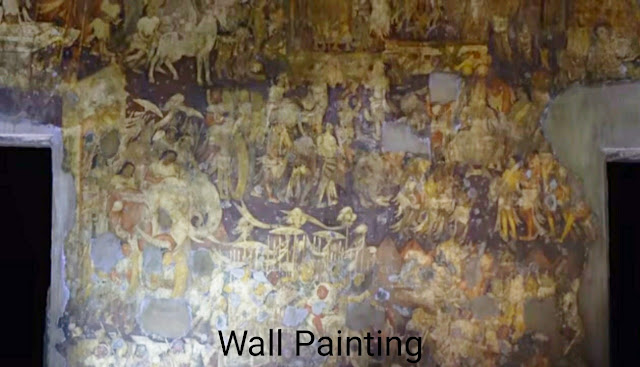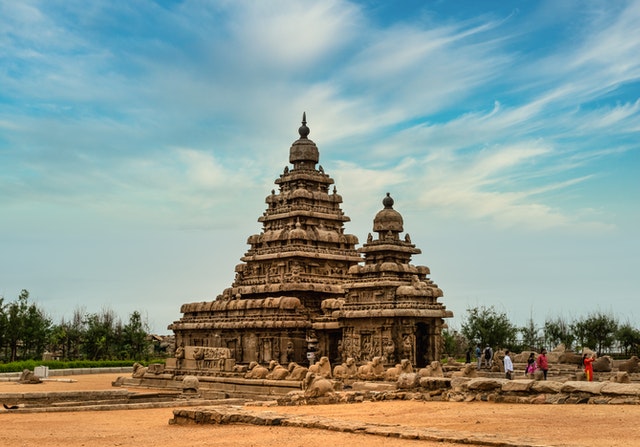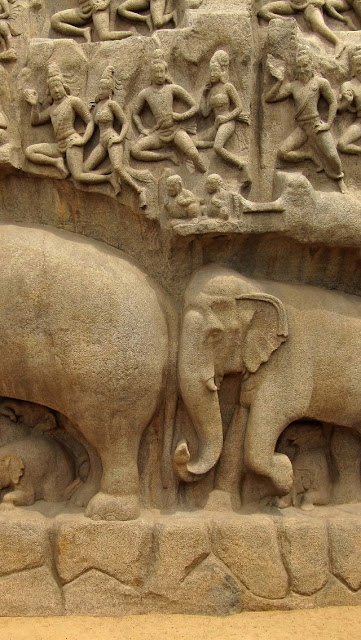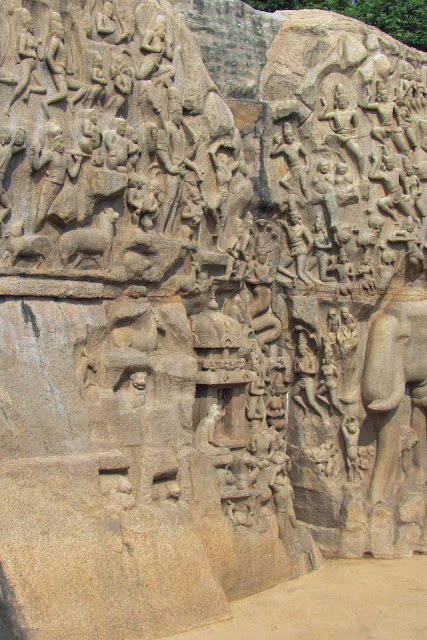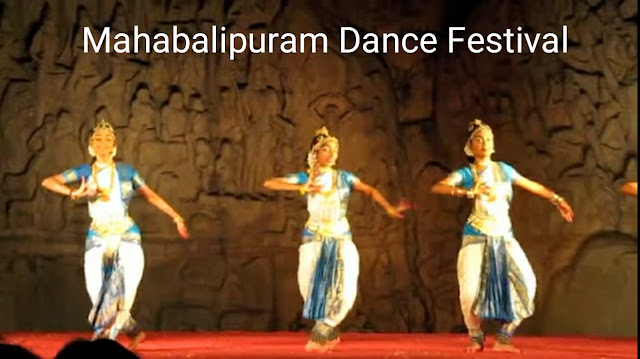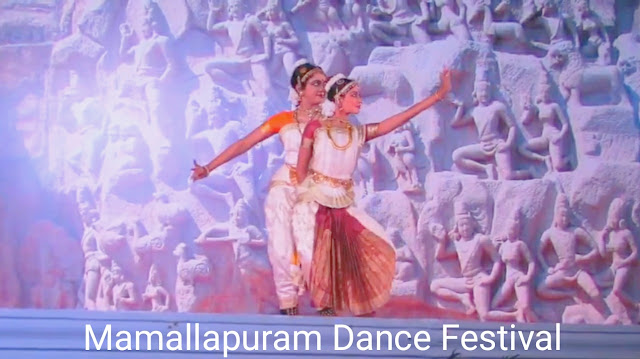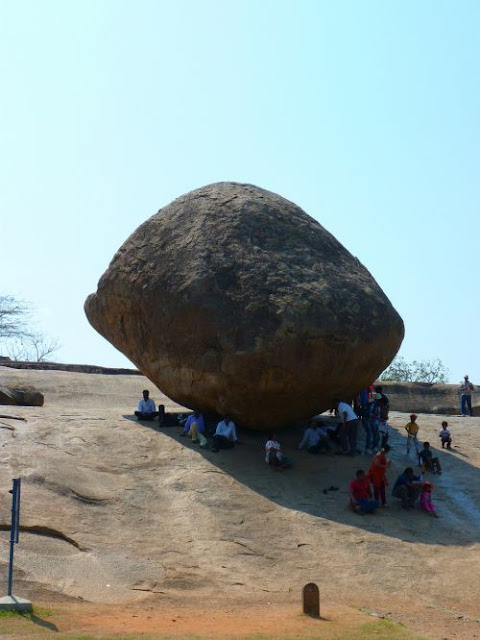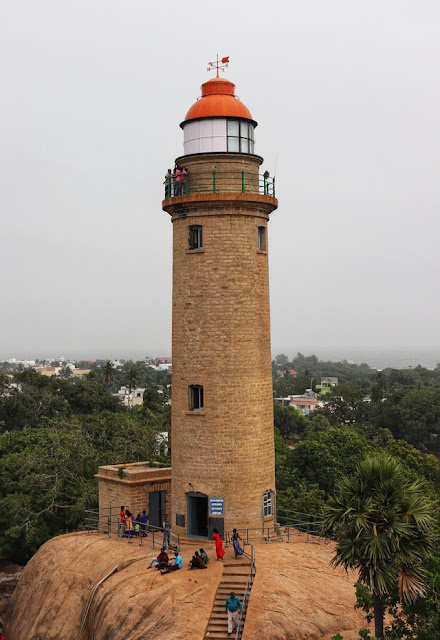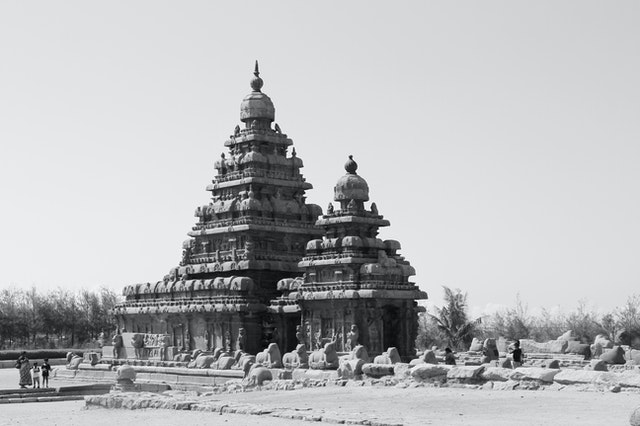Best Tourist places to visit in India
Hello everyone, here in this page you will get a list as well as short description about the famous best tourist places to visit in India to enjoy and make your tour unforgettable.
Taj Mahal, Agra
The seventh wonder in the world, i.e. Taj Mahal, is located on the south bank of the Yamuna River in Agra, the historical and famous city of Uttar Pradesh. In fact, it is a mausoleum built by Shah Jahan, a descendant of the foreign Muslim invader Babur and the then emperor of the Delhi Sultanate. It was built in 1632 by the Mughal emperor Shah Jahan (1628 to 1658) in memory of his favourite wife, Mumtaz Mahal after her death. Mumtaz Mahal died while giving birth to Gauhar Begum, the fourteenth child of Emperor Shah Jahan. It also has the tomb of Shah Jahan himself. The mausoleum is the centerpiece of the 17-hectare (42-acre) complex, which includes a mosque and a guest house.
 |
| Best tourist places to visit in India - Taj Mahal |
Taj Mahal is one of the famous tourist places to visit in India. Construction of the mausoleum was essentially completed in 1643, but work continued for the next 10 years in other phases of the project. The Taj Mahal complex is believed to have been fully completed in 1653 at a cost of around Rs 32 million.
The Taj Mahal was declared as a UNESCO World Heritage Site in 1983 due to its stunning beauty.
Red Fort, Delhi
Delhi, the capital of India, is a historical and cultural city. The Red Fort is a historical and famous fort located in the same Delhi, which served as the main residence of the Mughal emperors. Every year on India's Independence Day (15 August), the Prime Minister of India hoists the Indian National "Tricolour Flag" at the main gate of the Red Fort and addresses the citizens of India.
 |
| Best tourist places to visit in India - Red Fort |
The fifth Mughal emperor Shah Jahan built the Red Fort in 1639 and made it his capital. Red sandstone has been used more in the construction of the Red Fort. The Red Fort is named for the huge walls of red sandstone. The Red Fort is the largest monument in Delhi and one of the most popular tourist destinations. Attracts thousands of tourists every year. A sound and light show organized in the evening is a tourist attraction. This show describes Mughal history.
The Red Fort is one of the major tourist destinations in India and is also included in the UNESCO World Heritage Site.
Ajanta Caves
Ajanta is famous worldwide for more than 30 rock-cut Buddhist cave monuments. These caves are located in Aurangabad district of Maharashtra state of India from the second century BCE to about 480 BC. Ajanta caves are one of the best tourist places in India.
 |
| Best tourist places to visit in India - Ajanta caves |
The Ajanta caves contain paintings and rock-cut sculptures described on the walls. According to UNESCO, these are masterpieces of Buddhist religious art that influenced Indian art. The caves were built in two phases, according to older discoveries the first phase began around the second century BCE, while the second phase was built around 400–650 CE, according to the new discovery the second phase was between 460–480 CE. The site is a protected monument under the care of the Archaeological Survey of India and is also a UNESCO World Heritage Site.
The paintings in Ajanta caves mainly narrate the Jataka tales. These are Buddhist legends describing past lives of Buddha.
Golden Temple, Amritsar
The Golden Temple is located in Amritsar, Punjab, also known as Sri Harmandir Sahib. The Golden Temple (Sri Harmandir Sahib Amritsar) is not only a central religious site of Sikhs and Hindus, but also a symbol of human brotherhood and equality. Here people of every caste and creed can seek spiritual practice and religious fulfillment without any hindrance.
 |
| Best tourist places to visit in India - Golden Temple |
The Golden Temple also represents the distinctive identity, glory and heritage of the Sikhs. Philosophy, ideology, inner and outer beauty, as well as penning the historical heritage of Sri Harmandir Sahib, is an important task. It is a matter of experience rather than description.
Sri Harmandir Sahib, also known as Sri Darbar Sahib or Golden Temple, is an amazing aesthetic creation. Sikhs from all over the world wish to visit Amritsar daily and offer prayers in Sri Harmandir Sahib. The golden temple is one of the best tourist places to visit in India.
Somnath Temple, Gujarat
Somnath Temple is located in Prabhas Patan near Junagadh on the west coast of Gujarat. The Somnath Temple is believed to be the first of the twelve Jyotirlingas of Shiva. This temple is an important pilgrimage and tourist destination of Gujarat. It is one of the best tourist places in India.
 |
| Best tourist places to visit in India - Somnath Temple |
The Somnath temple has been rebuilt several times in the past after repeated destruction by many Muslim invaders and rulers. The present temple is rebuilt in May 1951 in the Chalukya style of Hindu temple architecture. This temple was rebuilt under the orders of the then Home Minister of India, Sardar Vallabhbhai Patel.
The present temple, built in the Chalukya style of Hindu temple architecture or "Kailash Mahameru Prasad" style, reflects the skills of Sompura Salats, one of the prominent masons in Gujarat. The shikhara, or main shikhara of the temple, is at a height of 15 meters, and has a flag of 8.2 meters tall on its top.
Mahabalipuram, India
Mamallapuram is situated on the seafront in the Chengalpattu district of Tamil Nadu, famous for its seventh and eighth century Hindu monuments group. Mamallapuram is also known as Mahabalipuram. Mamallapuram is a UNESCO World Heritage Site. Mahabalipuram was one of the two major port cities of the 7th century at the time of the Pallava Empire. The city was named after the Pallava king Narasimhavarman I, who was also known as Mahamalla.
 |
| Best tourist places to visit in India - Mamallapuram |
There are many tourist spots in Mamallapuram such as Shore temple, Krishna Mandapam, Arjuna's Penance, Mahishasurmardini Rock Cut Mandapam and Krishna's Butter-ball etc. Mamallapuram in one of the best Tourist places in India.
Shore Temple
Shore Temple in Mahabalipuram is built using the granite stones and it is one of the oldest stone temples in South India. Shore Temple was named as 'Seven Pagodas' due to its pyramidal structure. The name 'Seven Pagodas' indicate to the existence of 7 temples in the past. Now only Shore temple remains to tell the tales of the past. Shore Temple looks like a Ratha (Chariot) from a distance.
 |
| Best tourist places to visit in India - Mamallapuram |
Panch Rathas
These monolithic temples in Mahabalipuram are known as Rathas as they resemble wooden chariots and it is an innovation of Pallava King Narasimhavarman First who was also known as Mamalla who ruled this area between 630 to 668 AD.
Ellora Caves
Ellora caves is a famous group of ancient rock cut caves located in Aurangabad district. It symbolizes the characteristics of Hindu, Buddhist and Jain monuments and artwork and is one of the largest rock-cut monastery-temple caves in the world. Ellora caves were built by different Hindu rulers during 600–1000 CE. It is one of the best tourist places in India to visit.
 |
| Best tourist places to visit in India - Ellora Caves |
Cave No. 16 of these caves in Ellora is a wonderful Kailas temple dedicated to the Hindu god Shiva. It is a grand chariot shaped temple. The structure and beauty of the Kailas temple as well as the carvings on the walls of the temple attract tourists. This temple is constructed by cutting the single rock from top to bottom. The temple is of three storeys and has a height of 100 feet. The construction work of this temple took a long time of 18 years. It is believed that around 4 lakh tonnes of stone were cut out during the construction of the temple.
Today, Ellora caves, along with the nearby Ajanta caves, are a major tourist attraction and a protected monument in Maharashtra.


